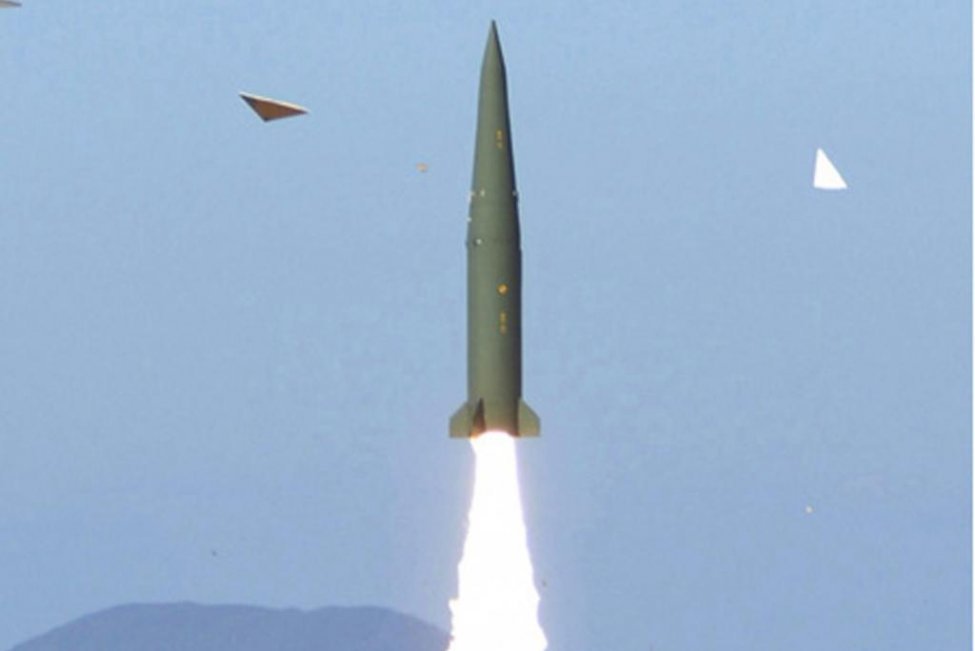Breaking news
South Korea conducts Hyunmoo 2B variant ballistic missile test.
According to information published by Yonhap on July 5, 2021, the Republic of Korea Navy successfully conducts Hyunmoo 2B variant submarine-launched ballistic missile test (SLBM).
Follow Navy Recognition on Google News at this link
 Hyunmoo-2B missile (Picture source: UPI)
Hyunmoo-2B missile (Picture source: UPI)
The Hyunmoo-2B is a short-range, solid-fueled ballistic missile developed and deployed by South Korea. The missile has a standard range of 500 km, but can travel up to 800 km with a reduced payload. It entered service in 2009 and remains operational.
It was developed by the state-run Agency for Defense Development (ADD) and entered service in 2009.
The Hyunmoo-2B ballistic missile is an upgraded variant of the previous version that into service with South Korea in late 2009. The missile has now a range of 500 km. The missile is propelled by solid-fueled and two-stage solid rocket motor
The Hyunmoo-2B has a length of over 12 m, diameter of 0.9 m, and launch weight of approximately 5,400 kg.3 The missile is solid-fueled and two-staged.4 It has a range of 500 km while carrying a 997 kg warhead.5 Reports also indicate that the Hyunmoo-2B can travel up to 800 km with a smaller (500 kg) warhead. The missile has a reported CEP of 30 m.6.
A submarine-launched ballistic missile (SLBM) is a ballistic missile capable of being launched from submarines. Modern variants usually deliver multiple independently targetable reentry vehicles (MIRVs) each of which carries a nuclear warhead and allows a single launched missile to strike several targets. Submarine-launched ballistic missiles operate in a different way from submarine-launched cruise missiles.





























